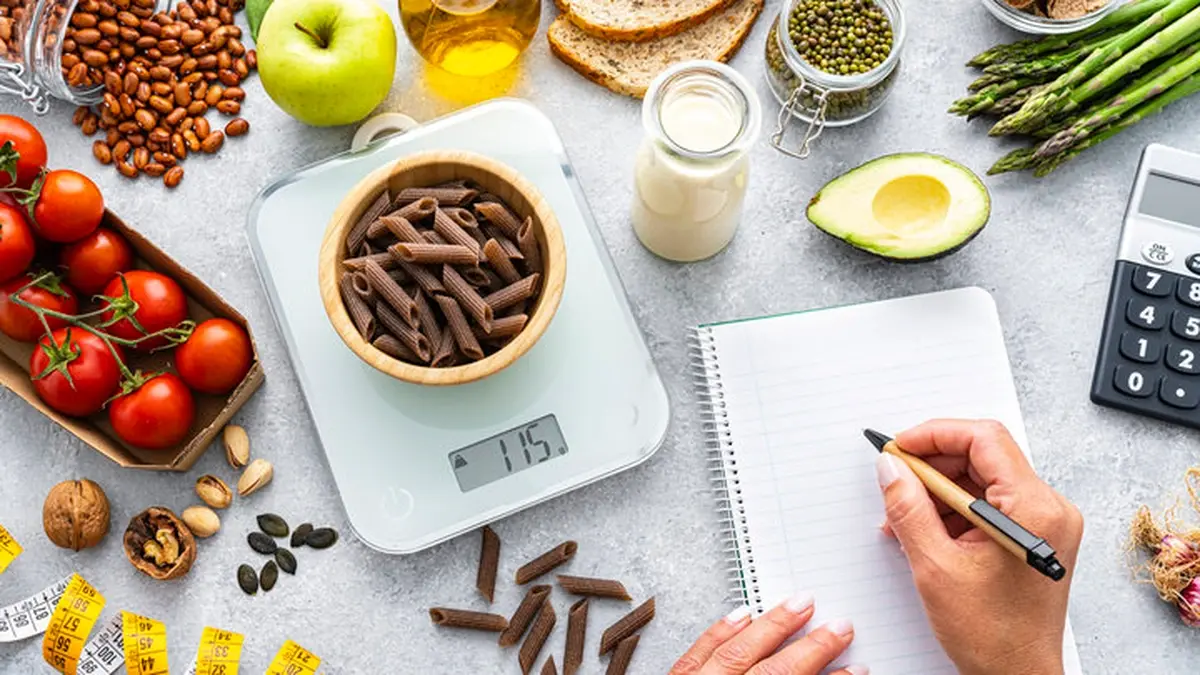 The term “calorie” refers to a unit of measurement for energy. The caloric value of foods and the amount of energy expended by the body during daily activities are calculated in calories. In other words, it represents the energy that living cells accumulate and expend. The source of is food. Although the term “calorie” is commonly used on packaging and in everyday conversation, it actually refers to kilocalories: one kilocalorie equals one thousand calories. However, even using the correct terminology does not eliminate errors in calorie counting, as this process depends on many factors.
The term “calorie” refers to a unit of measurement for energy. The caloric value of foods and the amount of energy expended by the body during daily activities are calculated in calories. In other words, it represents the energy that living cells accumulate and expend. The source of is food. Although the term “calorie” is commonly used on packaging and in everyday conversation, it actually refers to kilocalories: one kilocalorie equals one thousand calories. However, even using the correct terminology does not eliminate errors in calorie counting, as this process depends on many factors.
How is the Energy Value of Foods Measured?
The word “calorie” comes from Latin, where it means “heat.” In physics, energy is measured in calories. One kilocalorie is the amount of energy required to raise the temperature of 1 liter of water by 1 degree Celsius. Every cell in the body requires calories to function, using them for energy. is released when the food consumed is broken down during digestion. Generally, the number of calories expended by the body or contained in food should be interpreted as kilocalories: a kilocalorie (kcal) is 1000 calories (cal). Thus, a kilocalorie is a unit of measurement for energy used to assess the energy value of foods and indicates how much energy the body derives from food.
The system for calculating caloric content was developed in the 19th century by American chemist Wilbur Atwater, who literally burned food and measured the amount of heat released during combustion. The scientist estimated human energy expenditure in a similar way, counting calories… in waste products. He established that each gram of protein and carbohydrates contains 4 kcal, while each gram of fat contains 9 kcal. These figures are still used today to determine the caloric content of foods, although modern consider the classic method outdated and recommend adding an additional 25% to the figures provided by manufacturers on packaging.
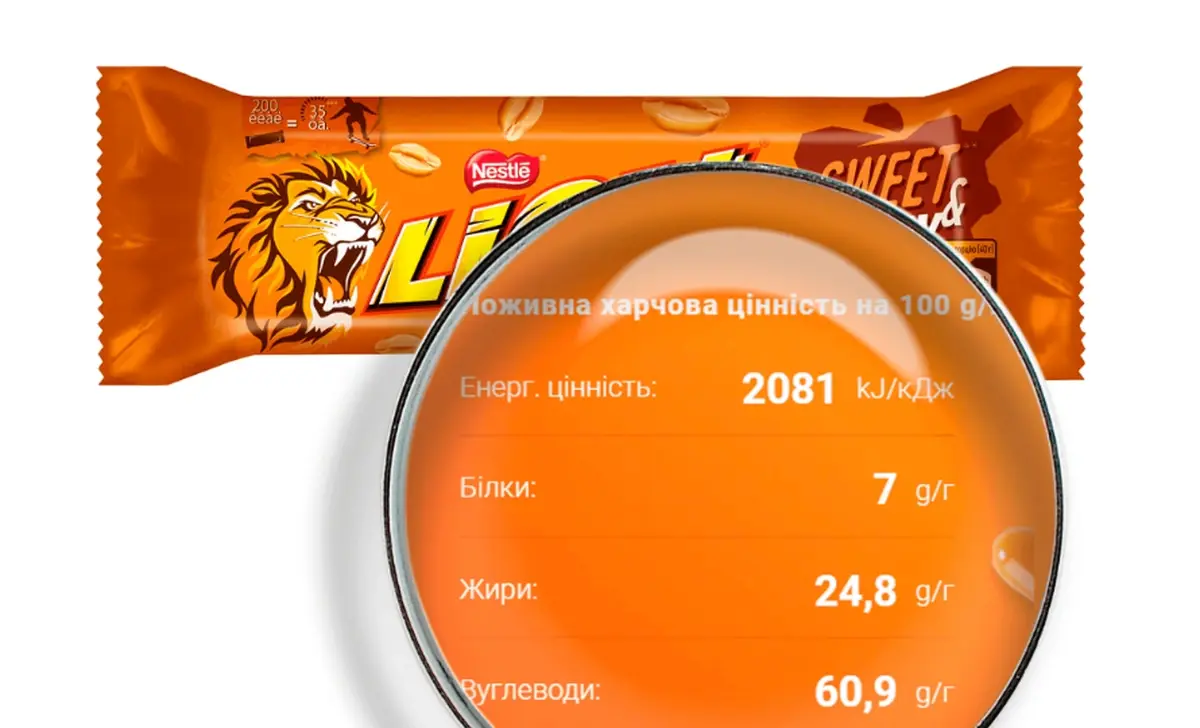
Experts believe that the true caloric content of food should be determined not only by the energy content of a particular food but also by how much of it the body can absorb. The process of chewing food also affects the result: calories are expended in muscle work. The more protein and fiber in food, the harder the body has to work to digest it. In contrast, modern convenience foods (dishes made from ground meat, instant cereals, and desserts) are absorbed more quickly, easily, and completely. When choosing between a ground meat patty and a whole piece of meat, it’s important to realize that, for the same caloric content, the body will extract more calories from the patty than from the meat.
What Should Be the Daily Caloric Intake?
The number of calories expended for daily activities and obtained from food is proportional to the level of physical activity. High activity requires the most energy, moderate activity requires a medium amount, and the least energy is expended during a . A desk job indicates low physical activity. Moderate activity is equivalent to walking a distance of 2.5–5 km at a speed of 5–6 km/h (in addition to a sedentary lifestyle). High activity corresponds to walking the same speed over a distance of more than 5 km. The daily caloric intake for men is higher than that for women, and both figures decrease after the age of 50.
To determine how many calories a specific person needs daily, one must consider not only their , gender, and age, but also individual physical parameters: height, weight, metabolic rate, and any underlying health conditions (such as hormonal imbalances). There are several methods for calculating daily caloric intake. The most accurate calculation of daily caloric needs is the Mifflin-St Jeor formula, which determines the Basal Metabolic Rate (BMR), or the number of calories burned by the body at rest.
Daily Caloric Intake for Men (Basal Metabolic Rate): BMR = (10 × weight in kg) + (6.25 × height in cm) – (5 × age in years) + 5.
Daily Caloric Intake for Women (Basal Metabolic Rate): BMR = (10 × weight in kg) + (6.25 × height in cm) – (5 × age in years) – 161.
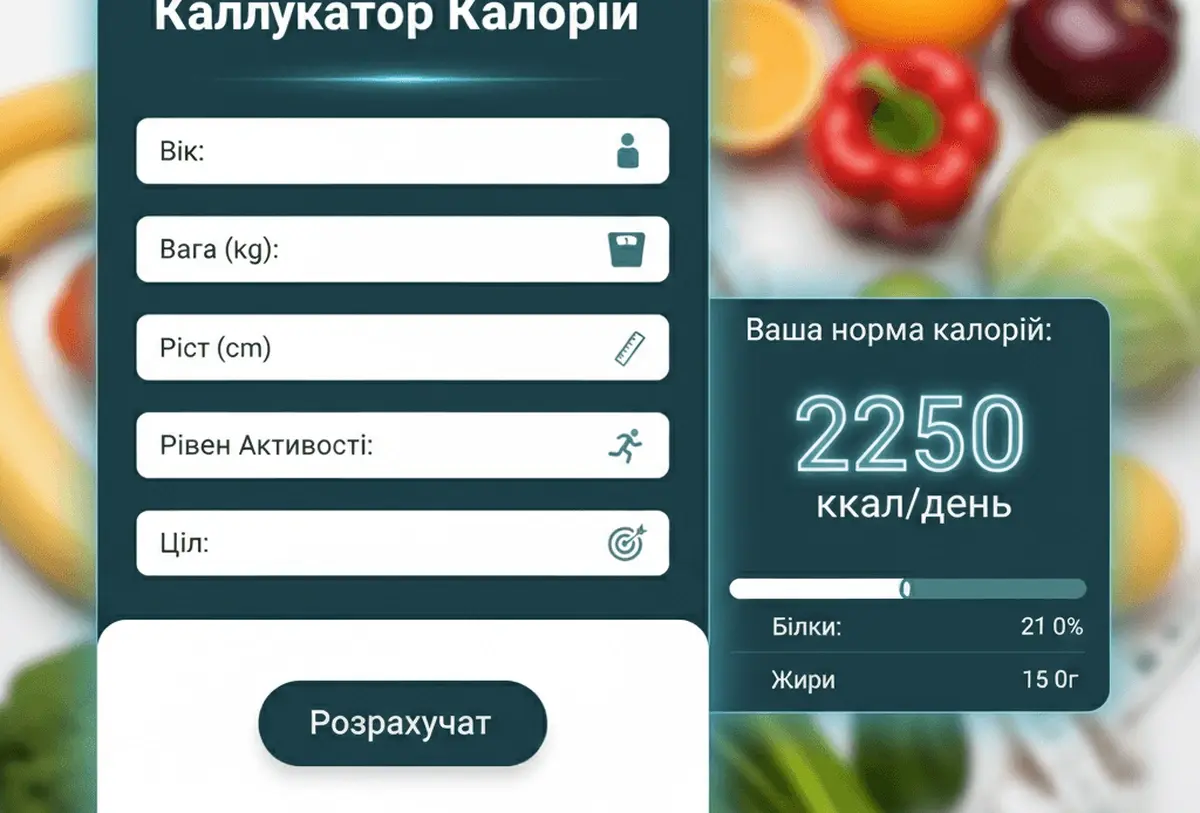
In addition to personal parameters, the daily caloric intake also considers the physical activity coefficient. The Basal Metabolic Rate (BMR) obtained from the formulas must be multiplied by the physical activity coefficient (A).
Total Daily Caloric Intake = BMR x A.
The coefficient A varies from 1.2 for minimal activity to 1.9 for high activity:
- minimal activity – A=1.2;
- light activity – A=1.375;
- moderate activity – A=1.55;
- high activity – A=1.725;
- extra-active – A=1.9.
For example, for a 50-year-old woman with moderate activity, weighing 70 kg and standing 170 cm tall, the number of calories burned throughout the day would be: (70 x 10) + (170 x 6.25) – (50 x 5) – 161 = 1351.5 kcal. An example of how to calculate daily calories for a man: (70 x 10) + (170 x 6.25) – (50 x 5) + 5 = 1517.5 kcal. The Mifflin-St Jeor formula allows for the calculation of the necessary kilocalories for individuals aged 13 to 80 years.
Another method for calculating daily caloric intake is the Harris-Benedict formula.
Daily Caloric Intake for Men (Basal Metabolic Rate): BMR = 88.36 + (13.4 x weight, kg) + (4.8 x height, cm) – (5.7 x age, years).
Daily Caloric Intake for Women (Basal Metabolic Rate): BMR = 447.6 + (9.2 x weight, kg) + (3.1 x height, cm) – (4.3 x age, years).
When using any calorie calculator, there may be some margin of error in the calculations, as it is difficult to account for all influencing factors.
How Does Food Caloric Content Affect Weight?
You can gain weight if you consume more calories than you expend. The energy value of foods and dishes is an important indicator, as unburned energy obtained from caloric food accumulates in the body as fat tissue, while a calorie deficit causes the body to use stored energy reserves, leading to weight loss. Weight remains stable when caloric intake and energy expenditure are balanced. A safe way to lose weight involves reducing calorie intake while simultaneously increasing physical activity.
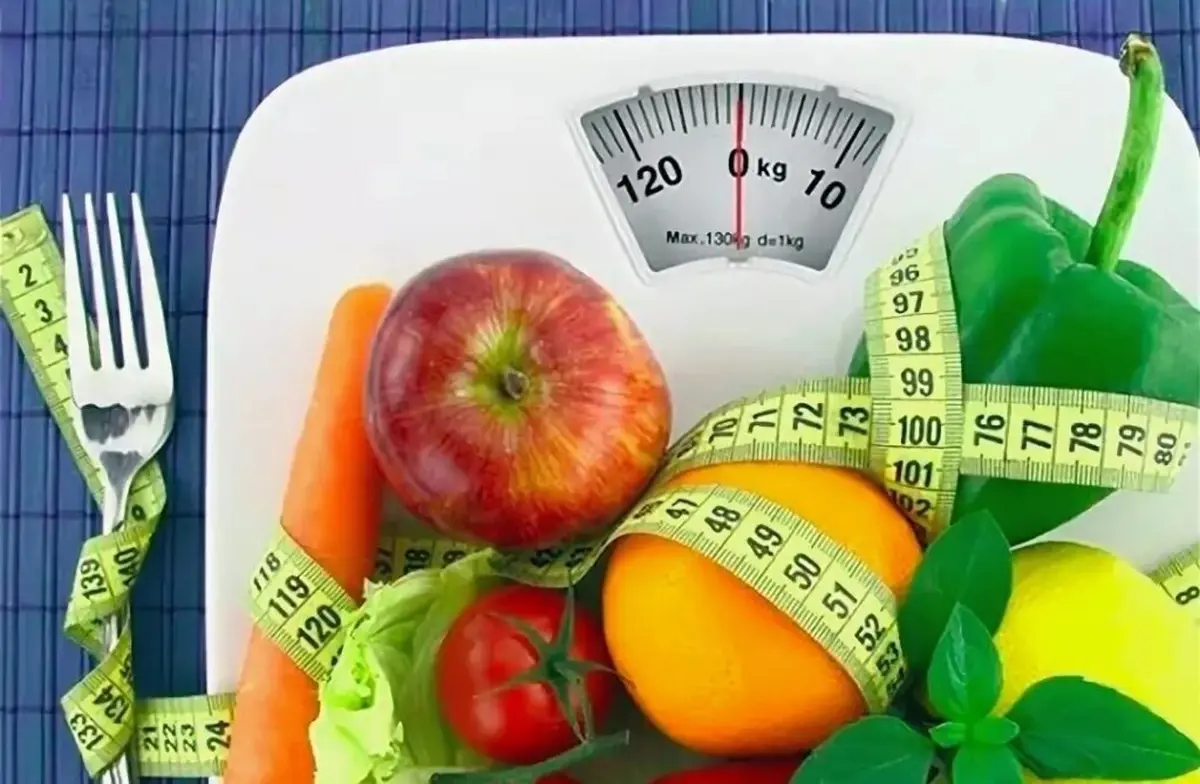
To avoid the side effects of rapid , which can be stressful for the body, dietitians recommend maintaining a daily energy deficit (the difference between energy expended and the number of calories in consumed foods) within 500–700 kcal, which would lead to a weekly weight loss of 0.5–0.7 kg. Conversely, a daily energy surplus of 500–700 kcal can lead to a weight gain of 500–700 g per week. You can calculate your calorie deficit or surplus using reference information about the energy value of foods.
In addition to knowing how to count calories in food, when planning a menu, it is important to pay attention to the composition of the products. A lack of protein, fruits, and vegetables, along with a predominance of fatty and sugary foods or excessive alcohol consumption, creates a nutrient imbalance. The consequences of consuming “empty calories” include elevated blood sugar levels, increased insulin production, and fat accumulation due to overeating triggered by heightened hunger. Regardless of the number of calories consumed, a deficiency in protein and vitamins and minerals can lead to dysfunction in the body’s organs and systems.
Kilocalories in Foods
Interestingly, technology has already been developed to determine the caloric content of foods based on their appearance: simply photograph the dish to find out how many calories it “weighs.” Software recognizes the components and converts the image into calories. The margin of error in calorie counting “by picture” is less than 4%.

Low-calorie foods are considered to be vegetables and other products with an energy value not exceeding 40 kcal (referring to a serving, or one meal).
Examples of Low-Calorie Foods:
- boiled chicken – 90 g;
- baked beans – 150 g;
- boiled rice – 2–3 tablespoons;
- yogurt – 130 g;
- cucumbers, tomatoes, sweet peppers, plums, apricots, strawberries, raspberries, grapes – 80 g;
- apple, orange, or banana – 1 piece;
- dried fruits – 30 g;
- non-alcoholic beverage – 150-250 ml.
High-calorie foods are those with an energy value exceeding 200 kcal per serving.
Examples of High-Calorie Foods:
- mackerel – 140 g or 2 pieces;
- toast with peanut butter or cheese – 2 pieces;
- nuts – 40 g;
- chocolate bar – 50 g;
- milkshake – 400 ml;
- full-fat yogurt – 150 g.
The caloric content of foods is influenced by the amount of and fat, as the energy value of 100 g of sugar exceeds 350 kcal, while 100 g of fat can reach up to 900 kcal. It is possible to lose weight without giving up favorite dishes by using so-called “calorie blockers” – dietary supplements that prevent the absorption of fats and carbohydrates. The first such developments for sports purposes appeared back in the 1980s. These were based on an enzyme that prevented the absorption of starch (the miracle panacea was derived from ). Modern calorie blockers are also extracts from white beans. They block amylase – the enzyme that breaks down starch (and excess simple carbohydrates are stored as fats).
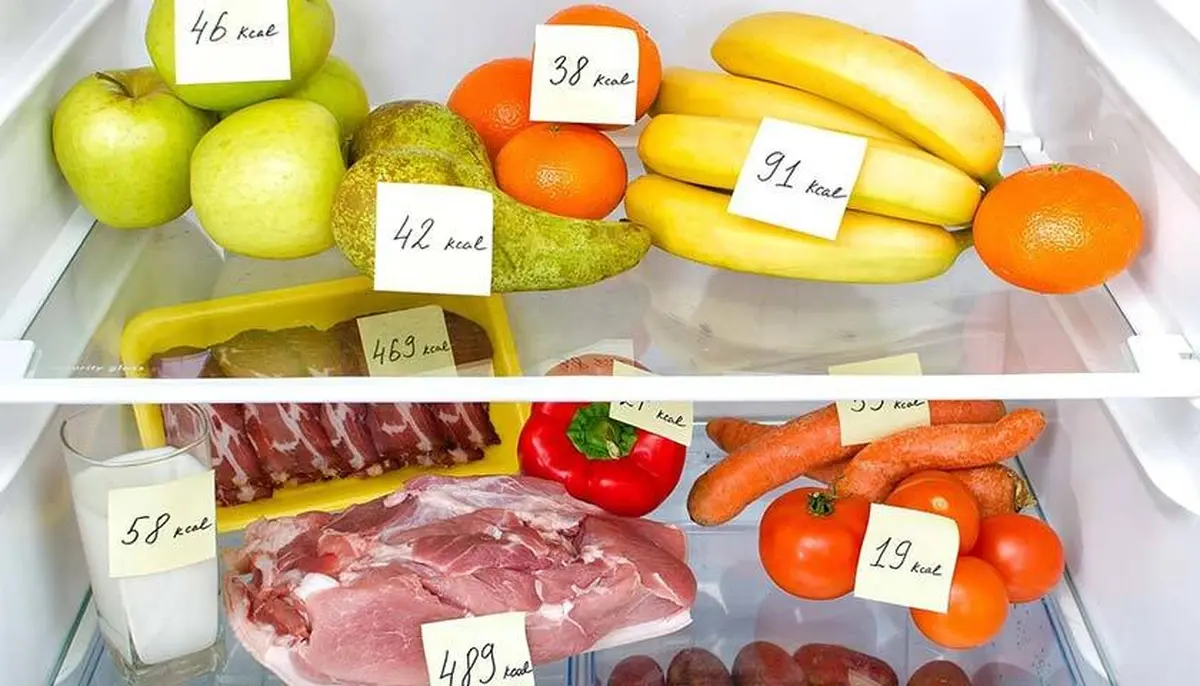
However, in addition to starch, carbohydrates enter the body in the form of glycogen and simple sugars, which are the most harmful. To block all amylase, excessively high doses of the drug would be required, which could pose health risks. Furthermore, experimental studies have shown that calorie blockers not only do not promote weight loss but also increase weight gain due to the activation of compensatory mechanisms in the digestive system. Another type of action is found in chitosan-based products – often referred to as “fat magnets.” Weight loss and reduced are achieved by blocking fat absorption: fats are converted into insoluble compounds and pass through the intestines without being absorbed. However, this plant fiber analog from crustacean shells does not bind all fats, does not block carbohydrates, and disrupts the vitamin and mineral balance in the body.
How to Reduce the Caloric Content of Foods?
To lose weight, the speed at which glucose levels rise in the blood is crucial (as energy and fats are formed from it). This factor is reflected in the glycemic index (GI) of foods. Foods with a high GI are digested quickly and sharply raise glucose levels, prompting the body to store it. Then, glucose levels drop quickly, and the body perceives this as a hunger attack, leading to overeating. Therefore, caloric dishes should be neutralized with vegetables. The higher the calories in a dish, the more vegetables with fiber should be consumed alongside it, as fiber slows the absorption of fats and carbohydrates, making satiety last longer and reducing daily caloric intake. The ratio of a low-fat dish to vegetables should be 1:2, and if the dish is rich in fats or carbohydrates, it should be 1:3.
Another important rule for overall reduction of food caloric content is to lower the glycemic index throughout the day. Dinner should not consist of carbohydrate-rich foods – it’s better to eat cheese or lean meat or drink kefir. Besides sugar, the highest GI is found in products and dishes containing it, as well as thermally processed foods that are quickly absorbed. To avoid relying solely on kefir and for weight control, one can reduce the caloric content of their usual diet by changing the composition of dishes or cooking methods. For example, reduce the fat content of dairy and meat dishes and decrease portion sizes. Gradually lower the caloric content of the menu by removing about 300 kcal daily. To enhance the effect, one should actively burn calories for half an hour each day.
It is recommended to alternate aerobic activity (exercises that increase heart rate) with intense muscle training (strength training). Examples of exercises for weight loss at home include jumping, squats, push-ups, and torso lifts (crunches). About 150 kcal can be burned in half an hour of brisk walking. Moving through uneven terrain with inclines and declines increases energy expenditure. One can also spend 15 minutes a day hula-hooping or doing active cleaning around the house. By turning household chores into fitness, one can burn 700 kcal a week or 3000 kcal a month, equivalent to two hours of aerobics.
How to Count Calories During Mental Work?
When a person thinks, the active consumers of energy are the , lungs, and heart, which require nourishment, not the less active muscles. The brain needs glucose, so low-carbohydrate diets are not suitable for people engaged in mental work, while limiting fats can be beneficial. A steady supply of glucose to the brain (without spikes) is ensured by complex carbohydrates. Starch from grains releases glucose slowly, allowing the body to maintain performance and energy levels. Therefore, during mental work, it is beneficial to satisfy hunger with cereals, grain side dishes, muesli with a spoonful of honey and nuts. Sweets, , pastries, and other simple carbohydrates are not the best choice for restoring productivity due to the rapid influx of glucose into the blood. The brain cannot process all of it, so the leftovers will be stored in the body.
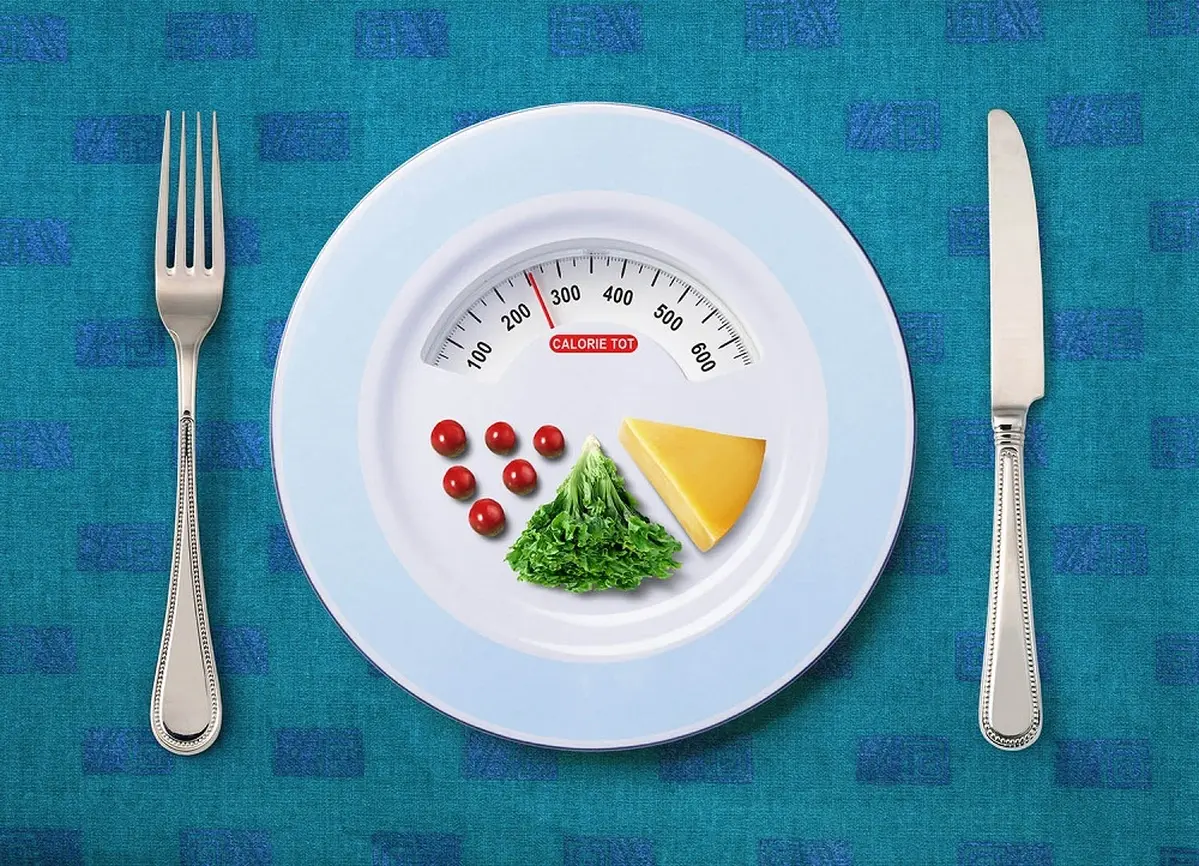
To renew the proteins of the immune system (as a sedentary lifestyle, typical for people engaged in mental work, lowers immunity), it is important to consume dietary protein. However, excess protein will rot in the intestines, as sedentary individuals have weak peristalsis. Therefore, should be limited to a 100-gram portion – this is a small patty or a piece of fish. One should avoid spreads, chips, pizza, crackers, and other fast foods that are high in harmful simple carbohydrates and fats but low in vitamins and minerals. Additionally, dry foods are poorly absorbed and, in conditions of low mobility, can lead to constipation. The downsides of constantly sitting at a computer include stagnation of intestinal contents, impaired circulation, lack of muscle load, and static strain on the spine.
Controlling weight under such conditions can be aided by so-called negative calorie foods, which require more energy to digest than they provide. The ranking of negative calorie foods is led by , followed by lettuce, onions, cucumbers, and sauerkraut according to American nutritionist Mike Adams. Besides providing less energy than the body needs for digestion, these foods are also beneficial for the stomach and intestines as they improve metabolism. In summary, this topic is inexhaustible, just like women’s attention to calories, which they spend a year of their lives counting. Here’s a humorous take from dietitians: “Doctor, which food has the lowest calorie content?” – “The one you eat with your eyes.”
